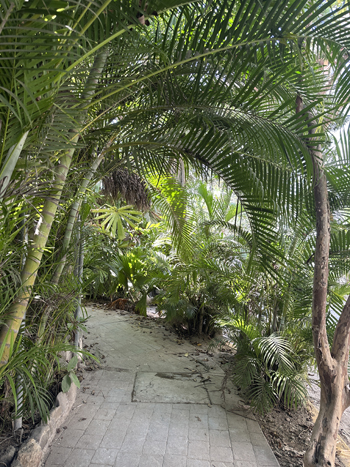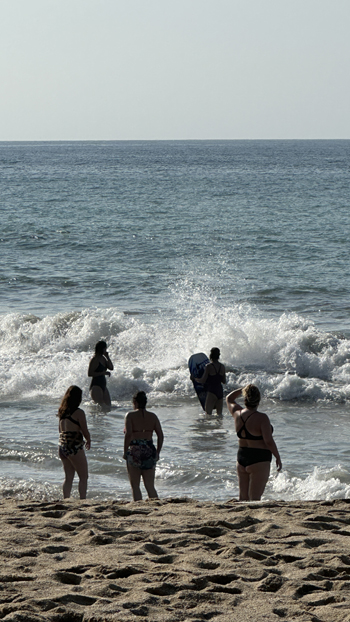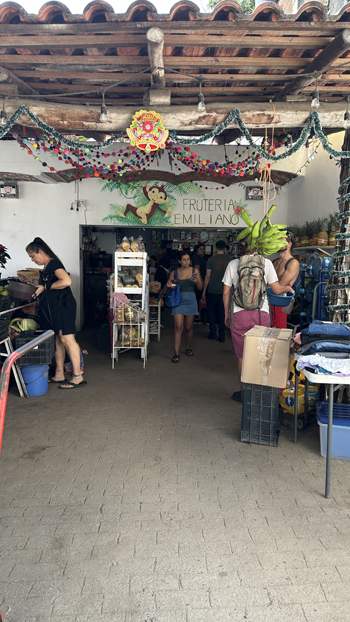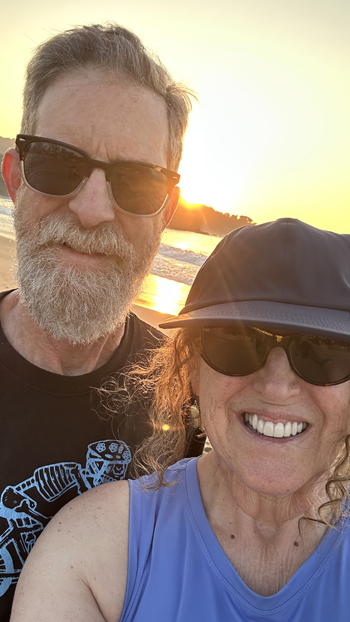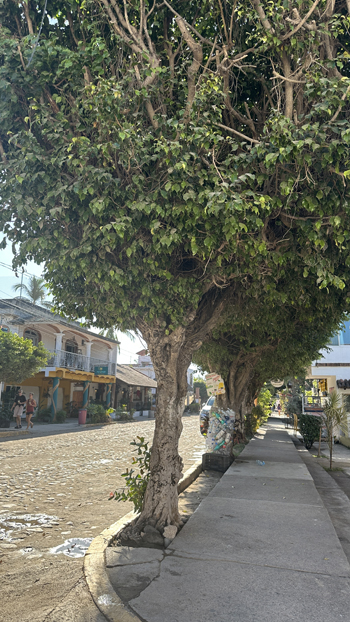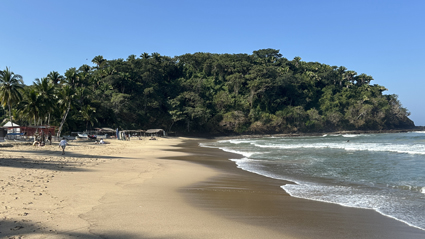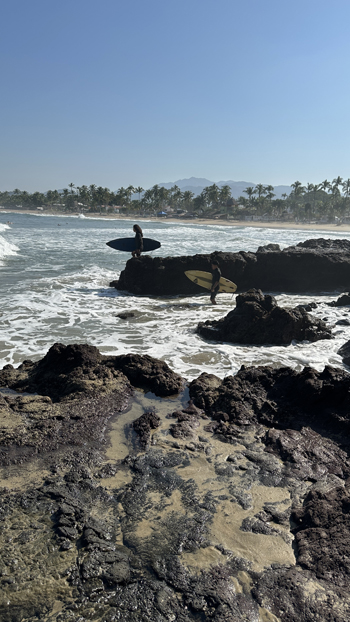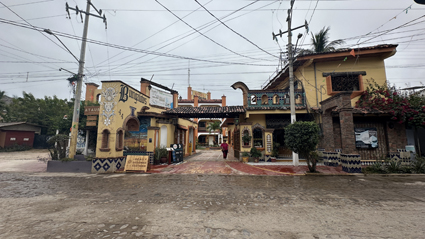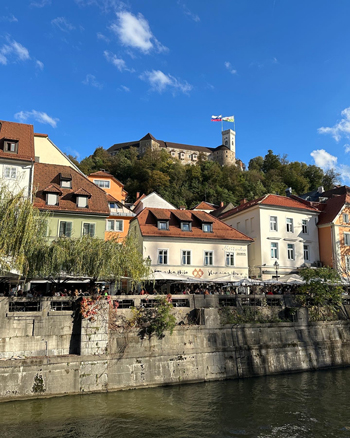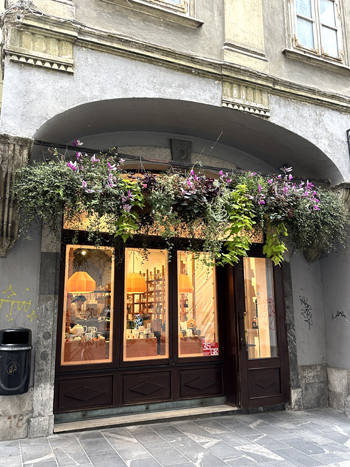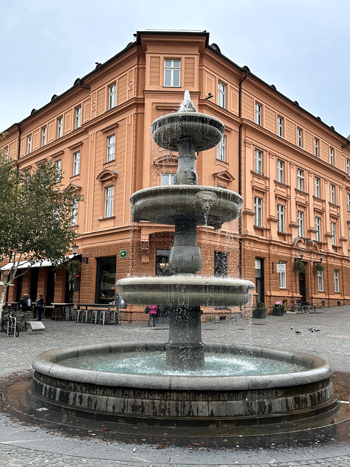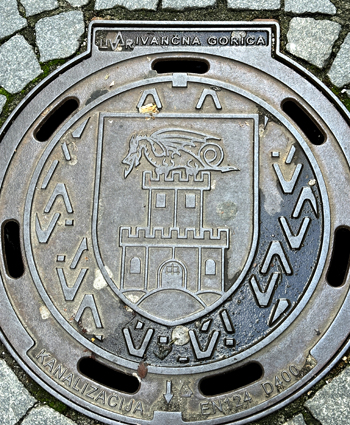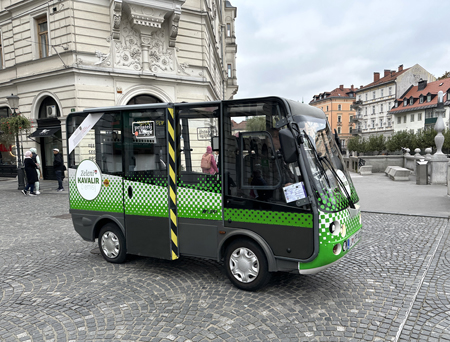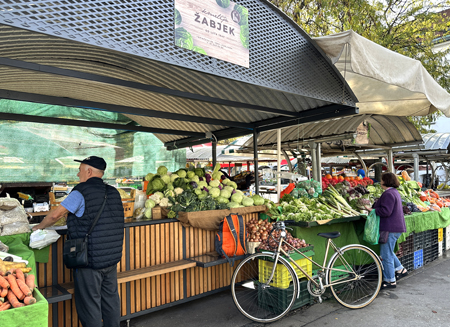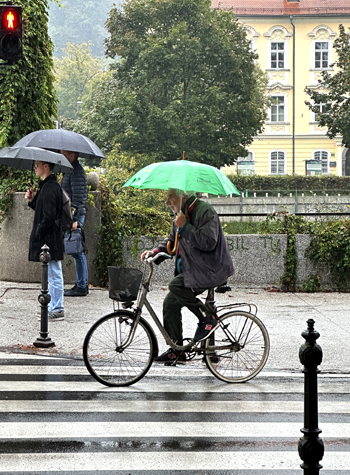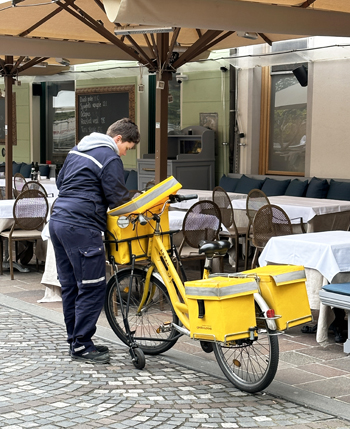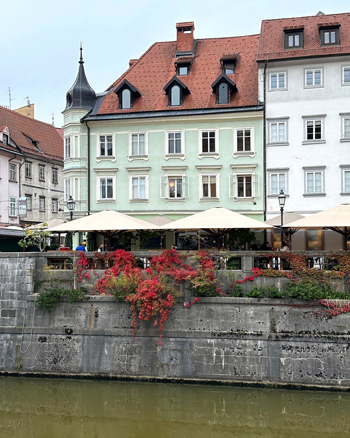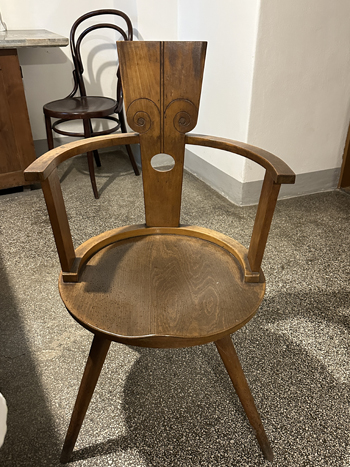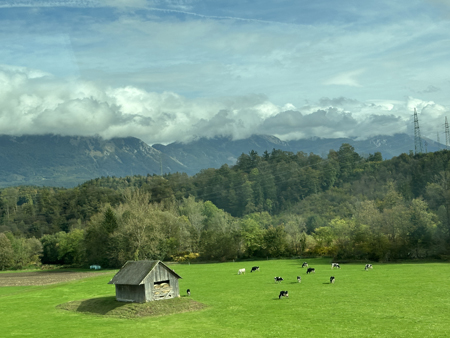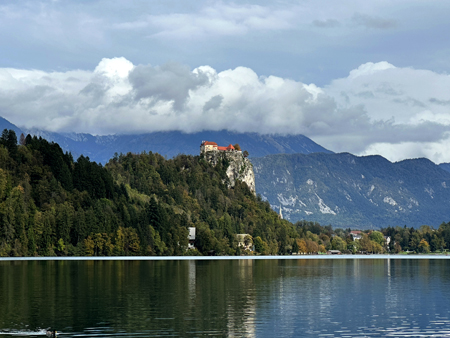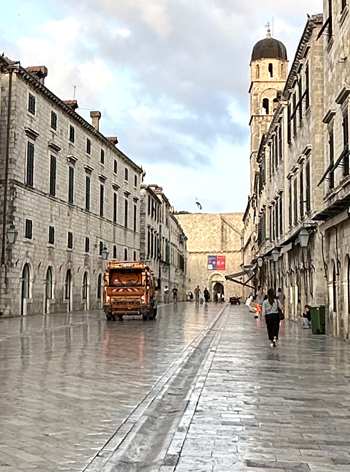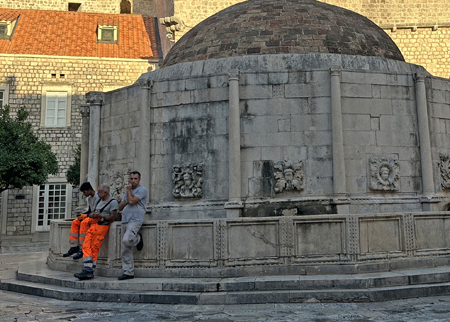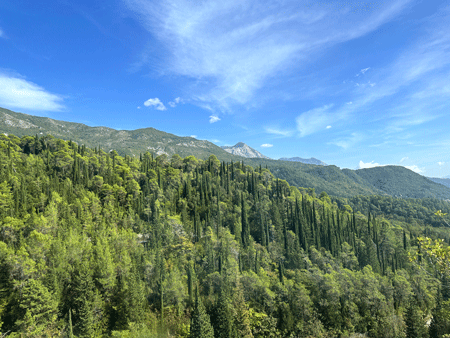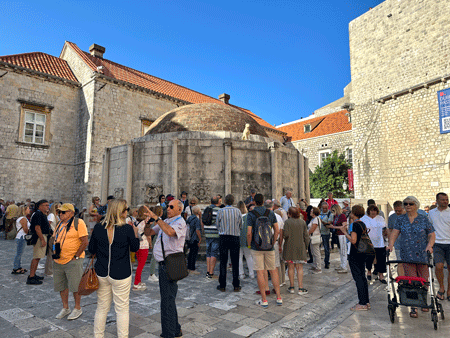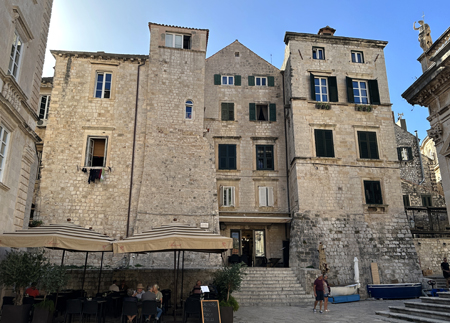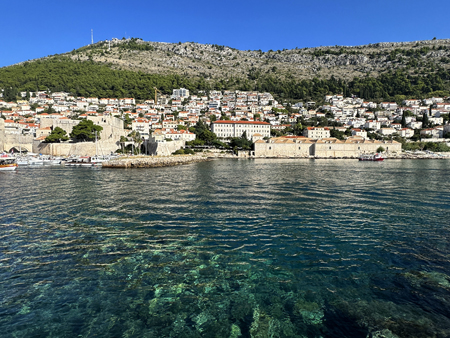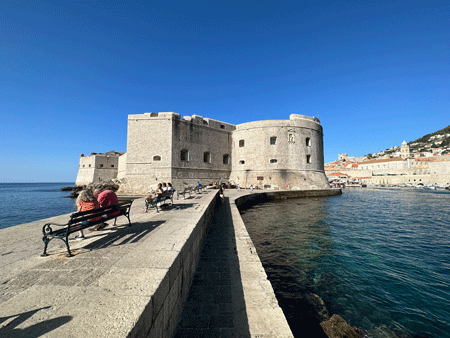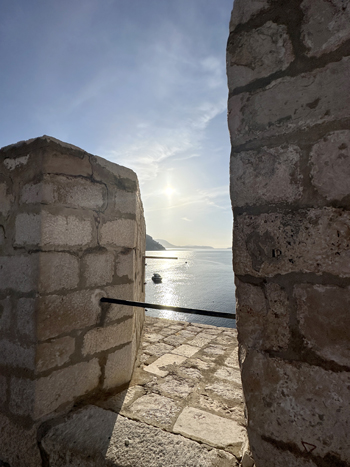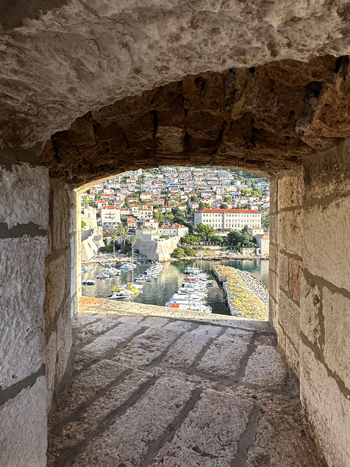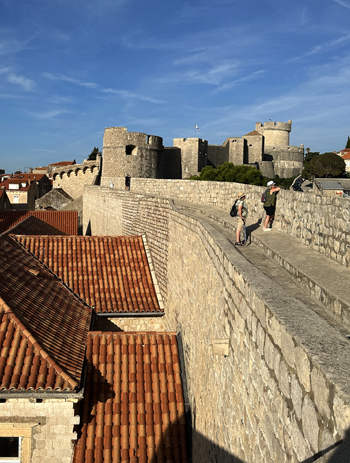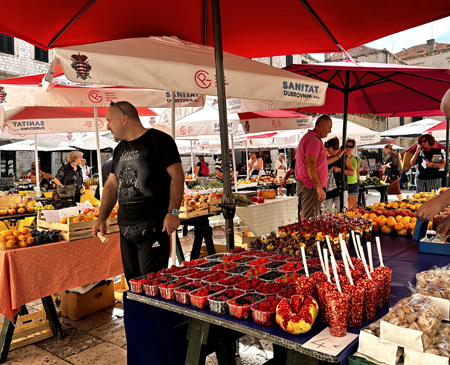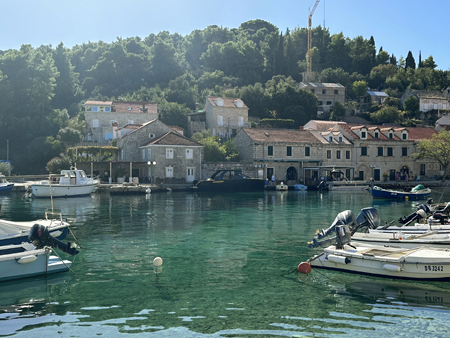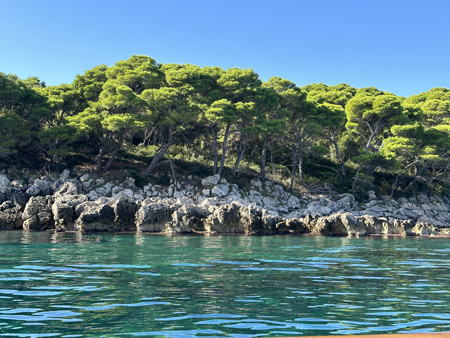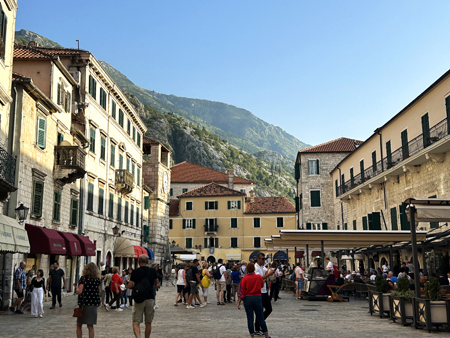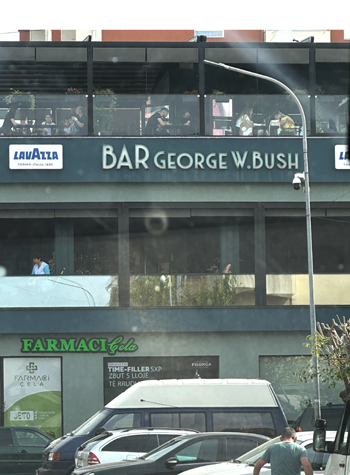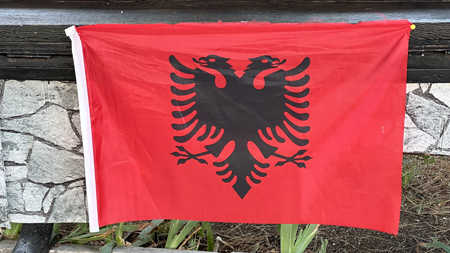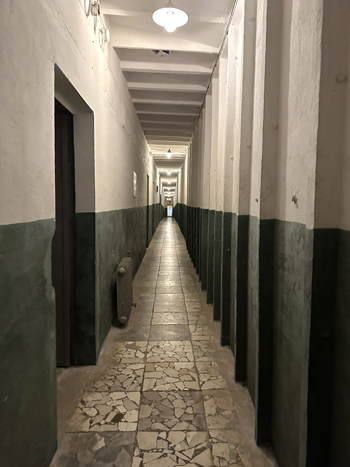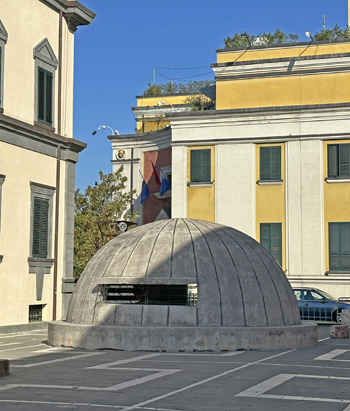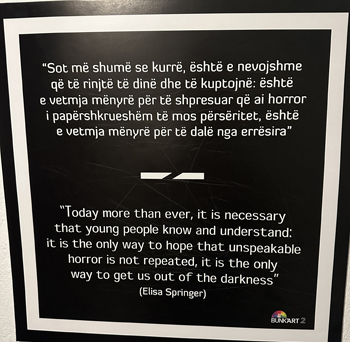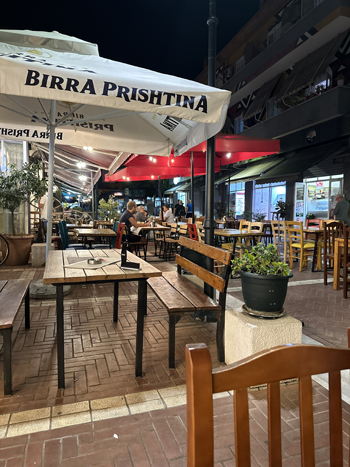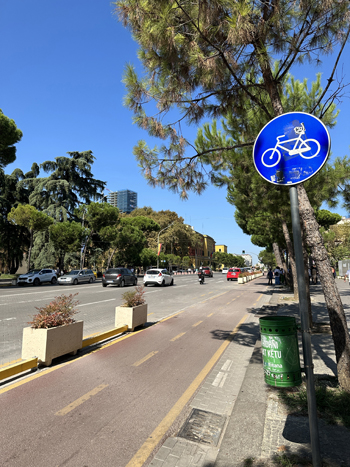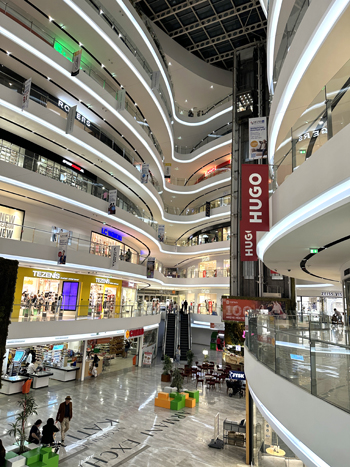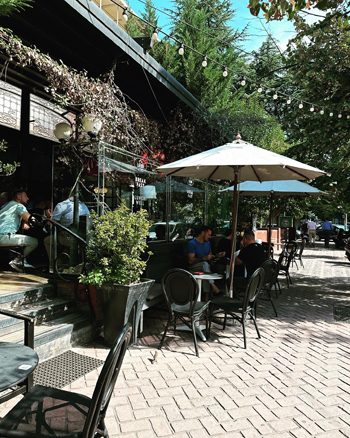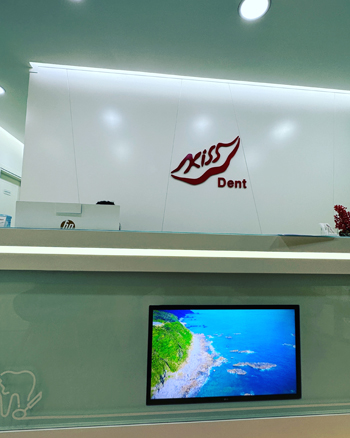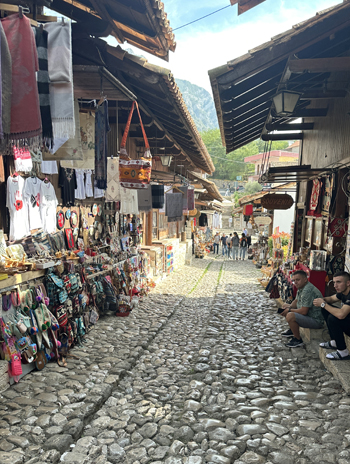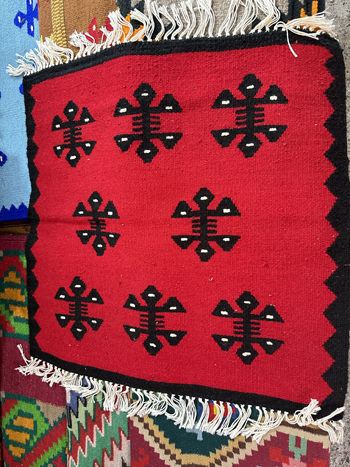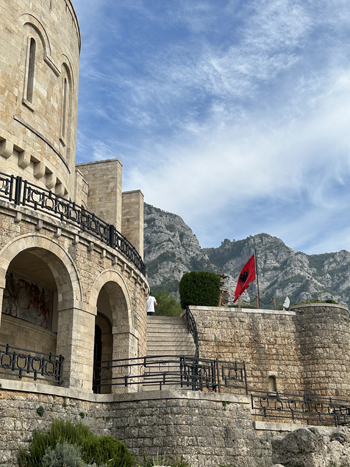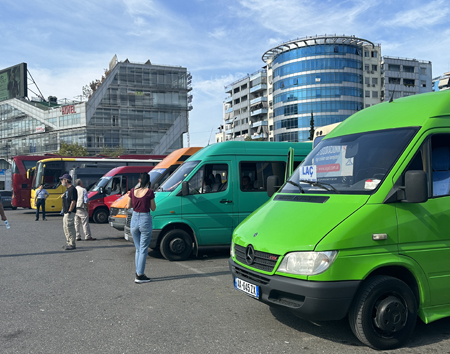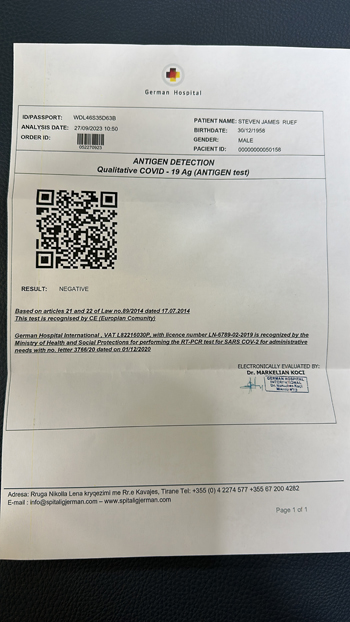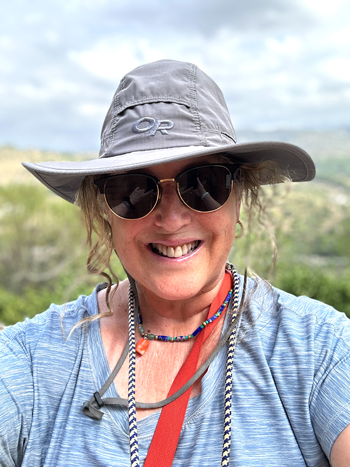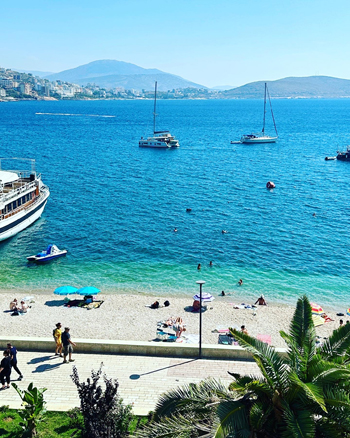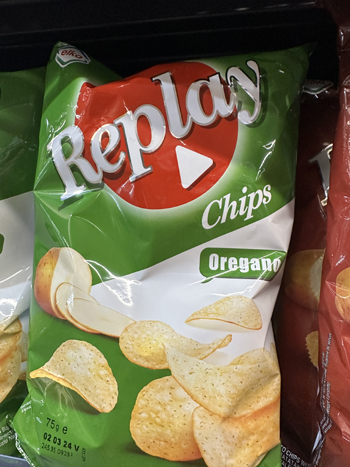

January 15 – 18, 2025
Tikal Archeological Site
“It’s spider season”. Three little words you never want to hear as you’re entering a pitch black Guatemalan jungle at 4 am. And yet, that’s exactly what our guide just said.
We continued walking along the jungle path, the three of us, in the darkness. Thankfully I had purchased two hearty headlamps to help light our way. Our guide noted that at least it’s not snake season. Apparently during snake season there are snakes that throw themselves off trees, basically making themselves airborne. He gestured as if he were one of the airborne snakes, twisting and writhing. So things could be worse. At least there are no flying snakes at this time of the year.
Spiders, in particular, are not my thing. I was very glad I hadn’t known it was spider season before we arrived at the archeological site. As it was, my heart had hardly gotten back to normal after our earlier encounter that very morning with something unseen, but clearly heard, thrashing about in the shallows of Lake Petén Itzá as we waited for our ride to Tikal.
Alice Guesthouse

But before I go into that ordeal, let me tell you about our enchanting hotel. We are staying in a Bungalow at Alice Guesthouse, deep in the jungle near the village of El Remate, about an hour from Tikal Archeological Park. It’s run by a French woman, Alice, and has a hippie-chill vibe that was magical.



We were signed up for a sunrise tour at the legendary Mayan ruins of Tikal, a UNESCO World Heritage Site. The tour was surprisingly pricey ($258 USD for two), but it’s the only option to enter before the park early and experience the jungle as it wakes up, so I decided to take the plunge.

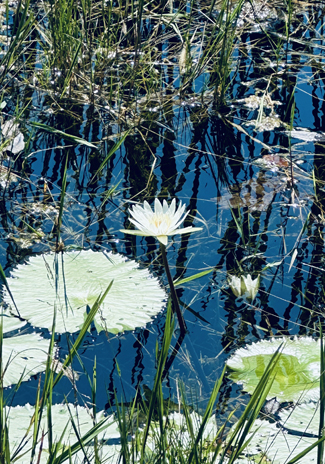
Meet at 3:30 AM
Our Guesthouse is back off a dirt, bumpy, steep driveway that’s off a dirt, bumpy, slightly wider road. Gem Tours, our tour agency, asked if we could meet for our pick up at a nearby hotel, Mon Ami. Sure, we thought, wanting to be agreeable and helpful to our tour hosts for the following day. So, after the alarm went off at 3:10 am, we gathered our backpack and set off for Hotel Mon Ami.
Heading down the steep and pitted dirt drive, carefully placing every step so as not to take a tumble, I couldn’t help but focus on the fact that we are in jaguar country. We’d seen many jaguar crossing signs along the roadways, which definitely gets one’s attention. And jaguar’s are out at night. Hunting. So I was feeling a bit on high alert as we approached Mon Ami.
Hotel Mon Ami
The hotel is only a few minutes walk away. It sits directly across from the third largest lake in Guatemala, Lake Petén Itzá. From our walk earlier in the day I knew the shoreline in the area across from Mon Ami was swampy. The perfect habitat for the crocodiles that populate the lake.
After passing by some barking dogs, who weren’t thrilled we were walking in front of their home at 3:20 am, we walked onto the dark and isolated paved road that fronted the lake. Mon Ami was only thirty feet ahead. It was dead quiet and very dark. Suddenly we heard a loud rustling. Then thrashing. Water splashing and more rustling. My heart was immediately beating out of my chest. It had to be a crocodile.
The Crocodile
I don’t know much about crocodiles, mostly only the Insta reels I’ve seen where they are quicker, stronger, and faster than I’d ever thought possible. And they climb too – like fences. Yeah, I’m not liking these thrashing and rustling noises AT ALL.
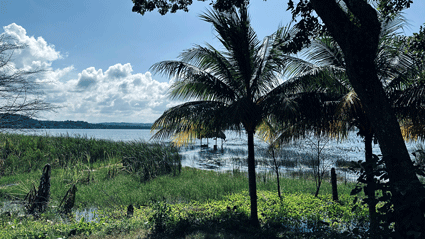
We’ve reached Mon Ami. There are no signs of life (well, it is 3:20 am, after all). The main gate is latched closed. And yet the noises from just across the small, one-lane road in the swampy lakefront are not stopping. There’s maybe 20 feet between us and whatever’s making those noises. In fact, the noises continue at full throttle (excuse the pun) unabated for the entire 10 minutes we stand there.
The Escape Plan
As the sounds continue, I continue getting more and more agitated. Steve is saying he wants to go “check it out” while I’m desperately trying to devise a plan. A plan in case that giant crocodile decides there’s better eatin’ on our side of the road.
I check if I can open the Mon Ami gate. Yes, it’s not locked. Thank God, I have a plan, such as it is.
I tell Steve if that croc suddenly appears on the road, I’m hightailing it inside that gate asap. It’s every man for himself. All the while my heart is beating so fast and I’m in major fight or flight mode.
Why we were so early, I’ll never know. Actually, that’s not true. I’m always early for everything. I was genuinely hoping that my promptness this morning wasn’t a grave error. I could see how things might end badly for both of us. Or at least whoever didn’t make it inside the Mon Ami gate in time.
On to Tikal
Needless to say, the crocodile was enjoying his kill too much to bother with us. We were soon enough in the tour van and on our way to Tikal.
Spiders Again
As we started hiking up the trail into the park, the conversation with Henry, our Mestizo guide (of Mayan-mixed descent), once again turned to spiders.

I knew the jungle was a prime tarantula habitat. And I knew that it was very likely we’d see a tarantula. So, as I expected, Henry was quick to point out a tarantula within about two seconds of us exiting the van. Ugh.
Then we saw another, even larger one, that a guide we were passing by was holding. Ugh again.
I knew tarantulas want nothing much to do with us humans, but was wondering about the other spiders we might encounter.
Turns out the only dangerous spider in the Tikal jungle is the Wolf Spider, which we also happen to have at home in western Washington. But Henry assured me that they don’t jump. Oh, great. So glad to know that the dangerous jungle spiders DON’T JUMP. So reassuring.
The Main Attraction
The primary reason we embarked on this somewhat crazy journey starting at 3 am was to bear witness to the jungle waking up.
Pyramid IV
We climbed the 190 steep steps to get to the temple platform at the top of Pyramid IV, also known as the Temple of the Two-Headed Serpent.
It’s the tallest structure in the ancient city of Tikal and is east facing. Once on the platform we climbed a bit higher on the almost vertical, deep, “stairs” and sat down. We were advised (as was everyone else) to be as quiet as possible. No talking or whispering….silence.

So we sat in the utter darkness, while other early-morning risers filed in and found seats on the pyramid steps all around us. We were all heeding the advice of our guides, and everyone was virtually silent.
Then, ever so slowly, the sky started lightening up, just a little. At that point we could see the beginnings of the breathtaking view – the jungle below.

We were looking out to a vast expanse of treetops that seemed to go on forever. Far in the distance we could see the tops of more of Tikal’s temples poking up through the jungle canopy.
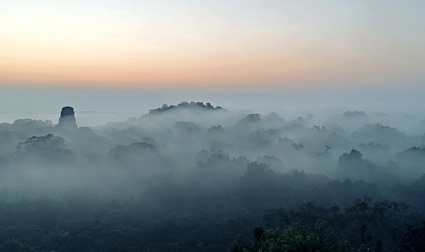
Just as the sun was about to appear, a thick blanket of clouds and mist quickly floated in to cover the jungle, but then moved on just as swiftly. The whole scene looked unreal, as if we’ve stepped back in time.
The Forest Awakens




The howler monkeys are the first to awaken and the stars of the show. They sound exactly like lions roaring. Their vocalizations are deep, distinct, and loud. They can be heard up to 3 miles away through the dense jungle. They are particularly haunting when echoing through Tikal’s ancient temples.
The combination of howler monkeys roaring, birds calling, the land brightening, then, finally the bright orange sun slowly rising over the treetop canopy and distant temples is certainly a sight I will never forget. It was other-worldly.
Silence is Broken

If you’re wondering, it appears that forty-five minutes is about the limit that a somewhat large crowd of probably 50 people perching on the edge of a pyramid in the middle of the jungle can remain silent.
The jungle was slowly getting more light, and a few people were starting to get restless. Even so, I was flabbergasted that the tourist to my left suddenly decided to unzip his backpack. The Zzzzziiiiiippppp reverberated in the quiet. He must be having a medical emergency, I thought. But then I heard rustling of a bag opening, and then crunching. And more crunching.
Everyone else was still silent, but this guy had apparently decided it was time for a snack. And not just any snack, but CORN NUTS! If you’re not familiar, corn nuts are probably one of the loudest things you could possibly chew. I couldn’t believe that no one, including myself, didn’t burst out laughing. In the reverent, almost holy moment, corn nuts seemed a bad choice. A very bad choice.
The Naturalist


As I mentioned earlier, to experience the sunrise at Tikal, we were required to book a tour. We lucked out and had a great guide through Gem Tours (Henry). He was very knowledgeable on Maya history and civilization, as well as a keen naturalist.


The Tour
Another lucky break, we were the only participants on our “group” tour that day. Henry told us we would be treated like the “queen and king” for the day.

After the sunrise event, we walked to the central urban temples, plazas, and residential areas at Tikal. It was a very high step-count and stair-count day.





The entire excavated site at Tikal covers approximately six square miles, 3,840 acres. The broader Tikal National Park, which surrounds the site, is approximately 222 square miles, or 575,833 acres, of protected rainforest. In fact, Henry, our guide, told us that 65% of Guatemala is protected lands.

A Memorable Day

Was the sunrise tour expensive? Yes, it was. Was 3 am unbelievably early to get up? For sure.
But I must say the overall experience certainly was worth it all; the early morning alarm, nervously walking through jaguar country at night, the ever-so-scary night crocodile encounter (of sorts), two tarantula close-ups, the spendy tour and entry fees, and the fact that it was spider season.
None of those hardships could compare to that dazzling sunrise, the jungle awakening memories, and experiencing Tikal in all it’s glory. So worth it.















